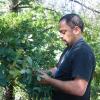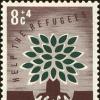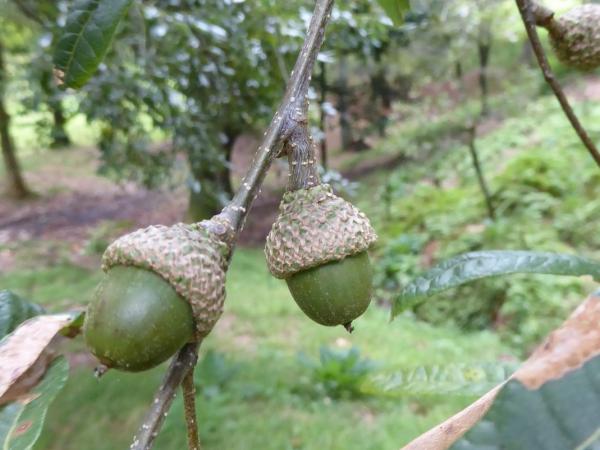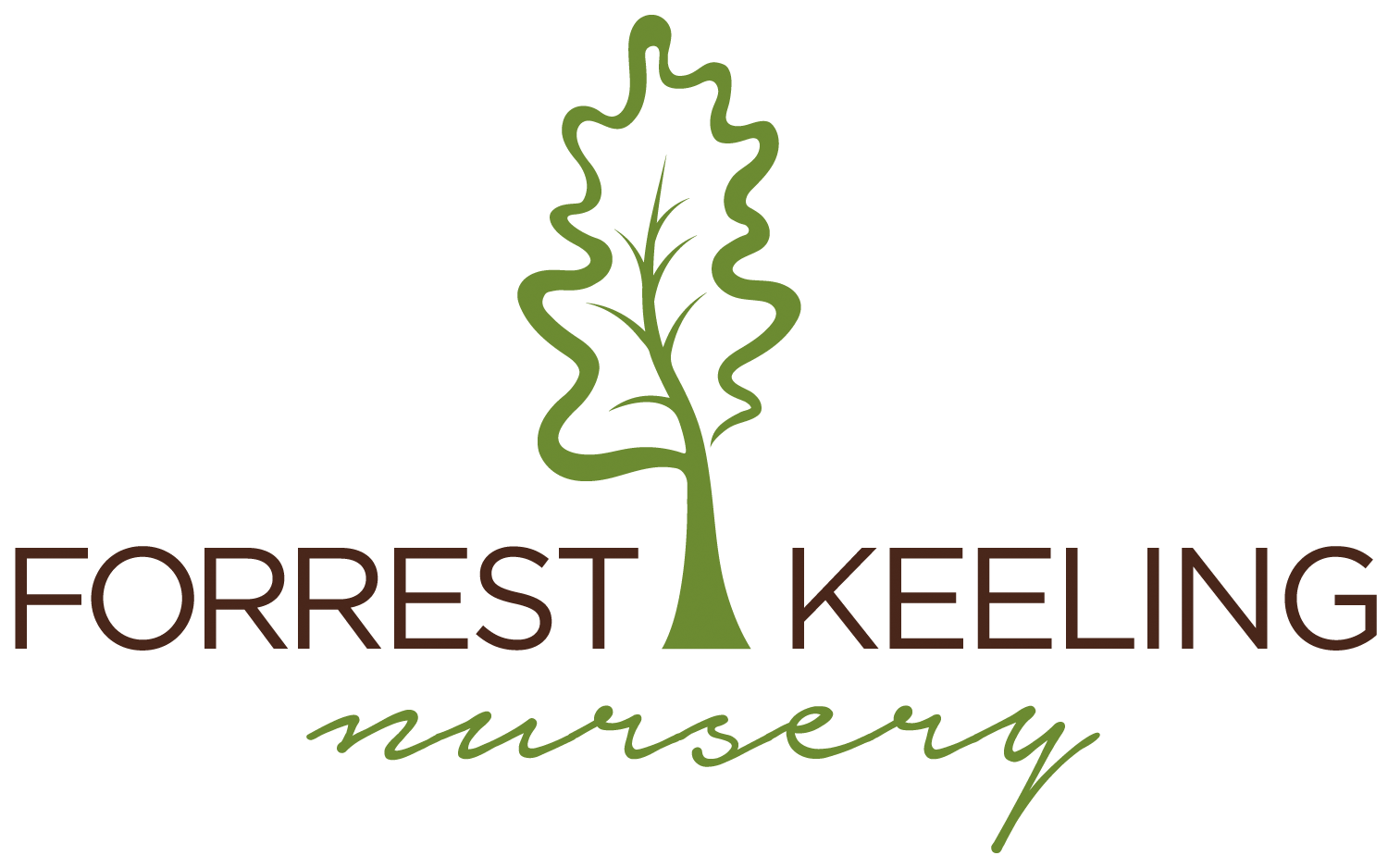Editor's Picks
Plant Focus
Oak Conservation and Research Grants
Categories
► Habitat restoration: The practice of renewing or restoring degraded habitats and ecosystems to support oak regeneration through interventions such as canopy thinning, removing invasive plant species, excluding non-native herbivores, and modifying fire regimens.
► Ex-situ conservation: Protecting a species outside of its natural habitat and/or range by maintaining genetically diverse and representative collections, either in botanic garden and arboretum living collections, in cryopreservation, or in tissue culture. Since oaks are “exceptional species” their acorns cannot be seed banked through conventional methods, so these other types of ex-situ collections are critically important conservation tools.
- Advancing the Ex-Situ Conservation of Oaks Using Cryopreservation (2020)
- The Global Oak Pollen Bank (2023)
► Field survey and population monitoring: Conducting observational studies in the wild to correctly identify species and to determine if a species is present or absent in its historic or predicted range; evaluating size, health, growth, phenology, hybridization, seed production, age-class distribution, and other characteristics of populations; identifying threats to populations.
- Ex-situ Conservation of Quercus marlipoensis, an Extremely Endangered Oak of Southwest Yunnan, China (2023)
- Oak Conservation in Laos (2020)
- Conservation of Quercus macdougallii Martinez, a Microendemic Species of Sierra Norte, Oaxaca, México (2023)
- Quercus rubramenta in Guerrero State, a Giant Understudied Tree (2023)
- Protection and Conservation Actions through the Extinction Risk Assessment Method for Five Endemic Mexican Oak Species (2023)
- Conserving Quercus steenisii, a Narrow Endemic and Endangered Oak in Sumatra Island, Indonesia (2023)
- Scouting and Safeguarding Alabama’s Rarest Oak, Quercus boyntonii (2023)
► Education: Providing training, teaching, outreach, and public engagement to raise awareness of the importance of oaks and solutions to the threatening factors that are driving them to extinction.
► Population reintroduction and reinforcement: The purposeful, strategic, and scientifically informed planting of threatened species into the wild in their historic or future predicted range to maintain or increase genetic diversity and ensure future resiliency and adaptive capacity of the species.











